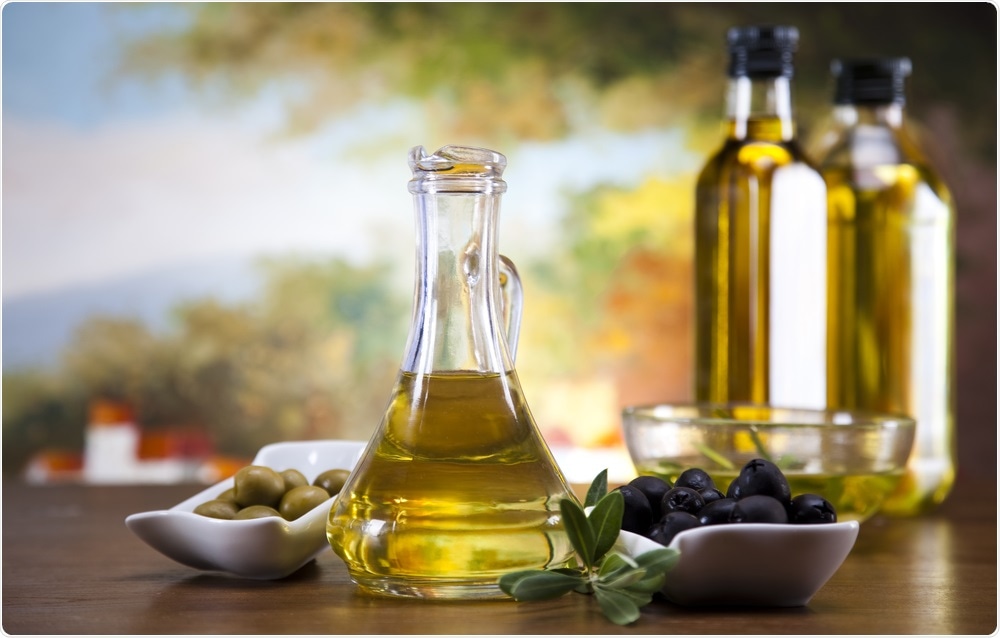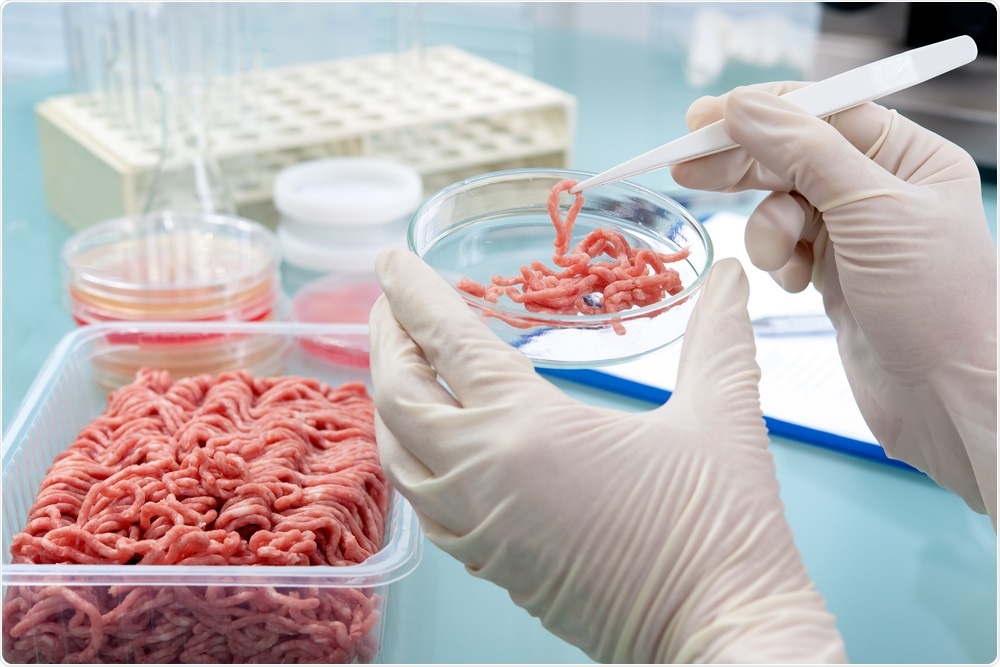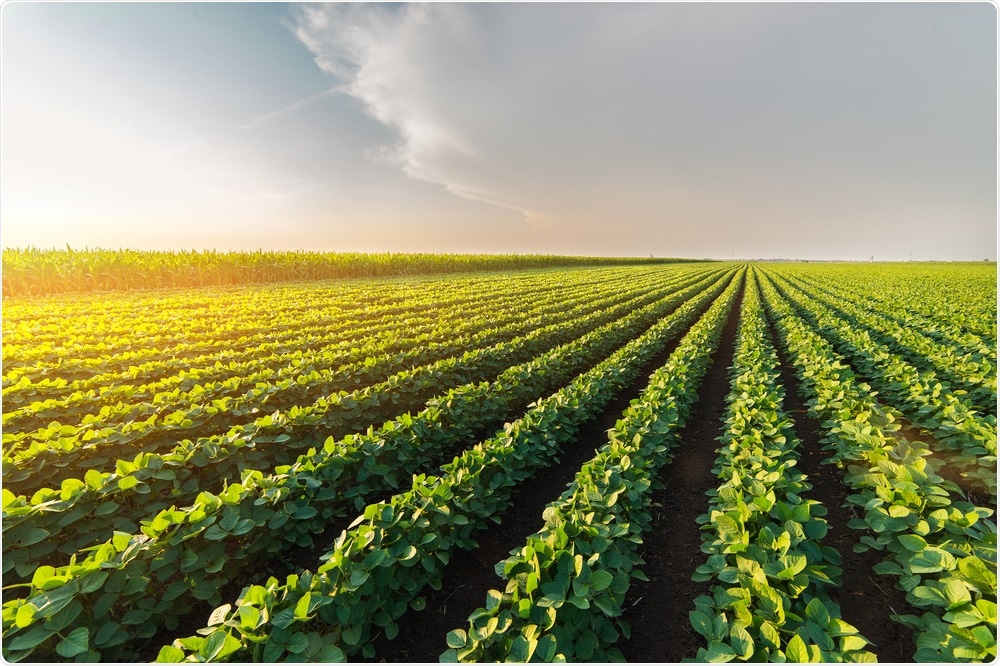In this interview, we speak to Florian Cueni about his latest research that developed a new method to detect food fraud and how it could be potentially used to detect fraud in other areas.
Please could you introduce yourself, tell us about your background within plant physiology, and what inspired your latest research into food fraud?
My name is Florian Cueni and I did most of my studies at the University of Basel, Switzerland. My love for plant sciences and agriculture and my strong interest in biochemistry, slowly, over the course of my Bachelors and Masters studies, led my studies towards plant physiology, where I finally did my Ph.D..
In my latest research, we used plant physiological knowledge about how environmental and biochemical factors influence oxygen stable isotopes values in plants, to identify the geographic origin of agricultural products.
Authentic foods such as olive oil from Italy, strawberries from Switzerland, etc can be sold at higher prices than the same products from other countries. Why is this?
This is mainly consumer-driven. As consumers often value local produce, or products from certain regions (e.g. Italian olive oil) more than products from certain other regions. Thus, those products can be sold at a higher price point. Of course, the price is also partially driven by higher labor costs that make up the production of such products.

Image Credit: Sebastian Duda/Shutterstock.com
Food fraud is estimated to cause USD 40 billion a year in economic damage. What impact does food fraud have on the food industry and has food fraud increased in recent years?
This, I unfortunately cannot answer as my expertise is more in the technical aspect of detecting food fraud. However, food fraud is not a new phenomenon.
What is certain, is that the number of identified cases of food fraud might have increased in the last century, be it due to better analysis methods or the improved control of supply chains. However, food fraud is not a phenomenon of recent human history but has likely been practiced since mankind started trading food, and documented cases of food fraud date back several thousand years.
In recent years, the public might have gotten more aware of fraud in the food industry due to prominent media coverage (e.g. horse meat scandal). If fraud itself has increased, or just the attention we give it, I, however, cannot say.
Is food fraud a threat to the health of customers and consumers? If so, how?
It can certainly be. However, the cases I worked on, regarding the geographic origin of agricultural products, are merely connected to health risks.
What methods are currently available to detect food fraud? Are there any limitations associated with this method? If so, what are they?
These days, different analytical techniques for the verification of the origin of food have been developed, and are used in food quality control. These include the application of NMR, chromatography, or more recently, the application of genomics and proteomics, which are rapidly replacing more traditional approaches.
The leading analytic method used for origin analysis of foodstuff is, however, stable isotope analysis. Routinely applied in food quality control laboratories worldwide, stable isotope analysis has been successfully used in many cases of food fraud.

Image Credit: Alexander Raths/Shutterstock.com
In your latest research, you partnered with Agroisolab GmbH to develop a new way of detecting food fraud. Can you describe how you developed this model and give an overview into how it works?
In this study, we demonstrate how mechanistic plant physiological stable oxygen isotope models can be parametrized to serve as a fast, logistically simple, and low-cost alternative for predicting the geographic origin of agricultural plant products.
To demonstrate how a mechanistic plant physiological stable isotope model can be used to simulate the geographic variability in δ18O values of food products, we use a unique Europe-wide strawberry δ18O reference dataset that contains 154 authentic reference samples that have been collected across Europe from 2007 to 2017. This unique reference data set was provided by Agroisolab GmbH. The model uses temperature, precipitation, and relative humidity data of the respective growing season of a plant. All those input data are publicly available.
What are the advantages of using this isotope model compared to the currently used technique?
The major benefit of the model is the option to simulate year- and season-specific δ18O values of a target plant product and to account as such for the potentially large temporal variability in such samples. This is often not possible when conventional reference isotope datasets are employed for origin validation.
Finally, the modeling approach we present has the ability to identify all possible locations of provenance, without the need for spatially and temporally extensive reference samples across the entire potential region of origin. As such, it can also be used as a primary tool to efficiently acquire knowledge of all possible regions of origin of a suspicious sample, and in so doing provide specific advice about where to best collect new and/or additional reference samples.
Could your newly developed model be also applied to other industries that see a large volume of fraud, for example, agriculture?
Yes, certainly. Some specific parameters would need to be fine-tuned. But the model itself is not species-specific and can be applied across a wide range of different products.

Image Credit: Fotokostic/Shutterstock.com
Do you hope that your model will help to more accurately determine food fraud cases and, therefore, potentially reduce the number of food fraud cases seen each year?
This was the goal of this project and we hopefully can contribute to this.
What are the next steps for you and your research?
After my Ph.D. studies, I am now working in the agricultural industry, in regulatory affairs. The interest in our approach however is great, and we hope that other students pick up further projects using plant physiological stable isotope models to counter food fraud.
Where can readers find more information?
This research was recently published in Scientific Reports (https://www.nature.com/articles/s41598-021-96722-9).
About Florian Cueni
Ph.D. studies at the University of Basel (Switzerland) and Agroisolab GmbH (Jülich, Germany), as part of the PlantHUB-Project, by the Zurich-Basel Plant Science Centre (ETH Zürich, University of Zürich and University of Basel).
Now working as a regulatory affairs manager at an agricultural company in Switzerland.